Home>Gardening & Outdoor>Landscaping Ideas>What Is Pet Grass Used For
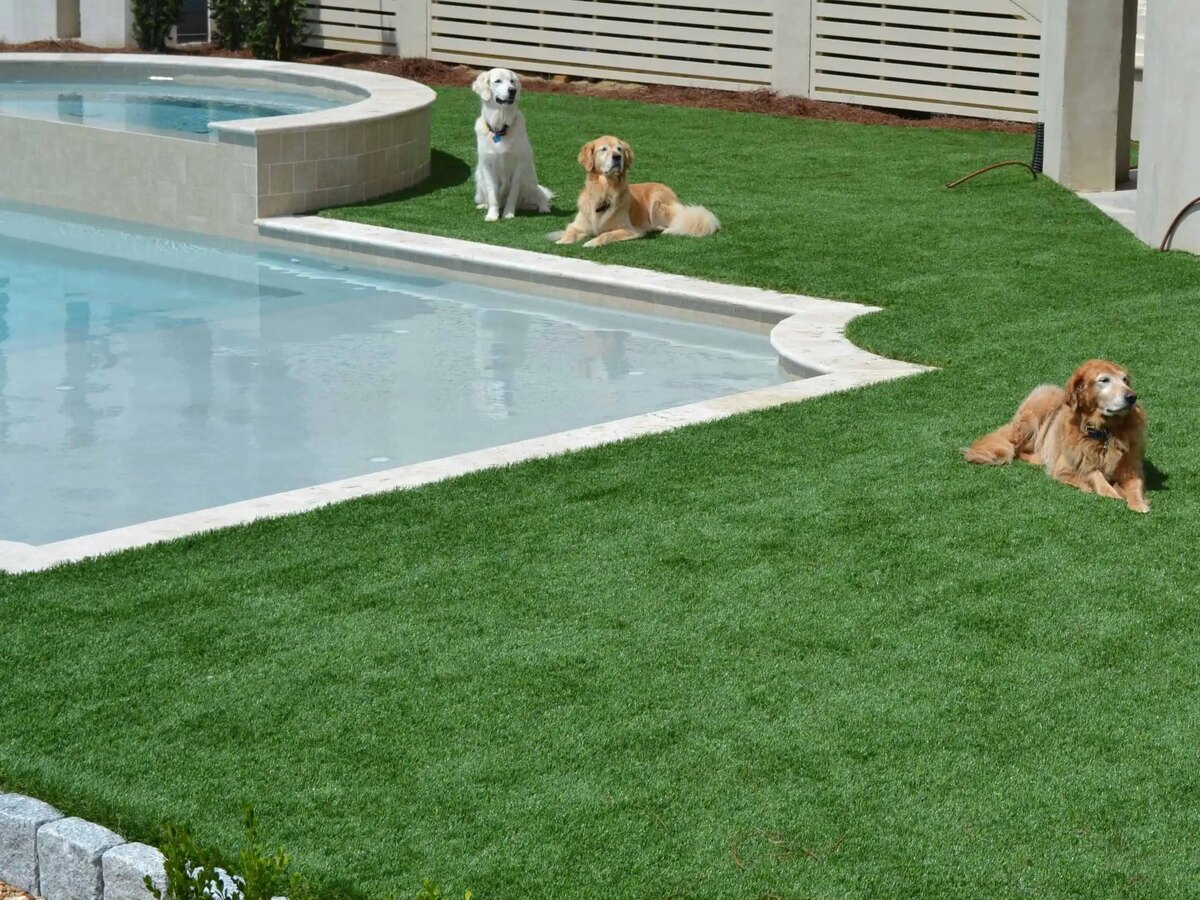

Landscaping Ideas
What Is Pet Grass Used For
Modified: October 20, 2024
Discover the benefits of using pet grass for landscaping ideas. Create a pet-friendly outdoor space with our pet grass solutions. Enhance your landscaping with pet grass today!
(Many of the links in this article redirect to a specific reviewed product. Your purchase of these products through affiliate links helps to generate commission for Storables.com, at no extra cost. Learn more)
Introduction
Welcome to the wonderful world of pet grass! Whether you have a furry feline friend or a playful pup, pet grass can be a beneficial addition to your home. This specially grown grass is not only a delightful treat for your pets but also serves as a natural and functional element in your living space. In this article, we’ll delve into the various facets of pet grass, including its benefits, types, growing methods, and practical uses. By the end, you’ll have a comprehensive understanding of how pet grass can enrich the lives of both you and your beloved pets.
Let’s embark on this green journey and uncover the secrets of pet grass together!
Key Takeaways:
- Pet grass offers digestive aid, stress reduction, and environmental enrichment for pets. It’s easy to grow and provides a natural source of nutrition and wellness support.
- Growing pet grass at home is a rewarding and practical way to enhance your pet’s well-being and add a touch of greenery to your living space.
Read more: What Is Wheatgrass And Pet Grass
Benefits of Pet Grass
Pet grass offers a myriad of benefits for your furry companions. Here are some of the key advantages:
- Natural Digestive Aid: Pet grass acts as a natural digestive aid for cats and dogs. When pets consume grass, it can help them regurgitate indigestible matter such as hairballs, providing relief from digestive discomfort.
- Nutritional Boost: Pet grass contains essential nutrients such as fiber, which can complement your pet’s diet and contribute to their overall well-being. It’s a source of vitamins and minerals that may be lacking in their regular food.
- Stress Reduction: Chewing on pet grass can have a calming effect on pets, helping to alleviate stress and anxiety. This is particularly beneficial for indoor pets that may not have access to outdoor greenery.
- Oral Health: The act of chewing on grass can aid in maintaining good oral hygiene for your pets. It may help remove plaque and food particles, promoting healthier teeth and gums.
- Environmental Enrichment: Introducing pet grass into your home environment provides a natural and stimulating element for your pets. It offers sensory stimulation and a connection to nature, which is especially valuable for indoor-bound animals.
- Indoor Air Quality: Pet grass can contribute to improving indoor air quality by acting as a natural air purifier. It helps to absorb pollutants and release oxygen, creating a fresher living space for both pets and their owners.
These benefits underscore the value of incorporating pet grass into your pet’s lifestyle, promoting their physical and emotional well-being while enhancing your home environment.
Types of Pet Grass
When it comes to pet grass, there are several varieties that are well-suited for your furry friends. Each type offers unique characteristics and benefits. Here are some popular types of pet grass:
- Wheatgrass: Wheatgrass is a common choice for pet grass due to its high nutritional content. It is rich in vitamins, minerals, and enzymes, making it a nourishing option for pets. Additionally, wheatgrass is easy to grow and can thrive both indoors and outdoors.
- Oatgrass: Oatgrass is another popular option known for its soft texture and palatable taste. It is gentle on pets’ stomachs and provides a source of dietary fiber. Oatgrass is often favored by pet owners for its quick growth and resilience.
- Barley Grass: Barley grass is valued for its detoxifying properties and nutritional benefits. It contains chlorophyll, antioxidants, and amino acids that can support your pet’s health. This grass variety is known for its rapid growth, making it a convenient choice for pet owners.
- Rye Grass: Rye grass is a hardy and robust option for pet grass. It is resilient to frequent grazing and can withstand heavy use by pets. Rye grass is rich in nutrients and can be an excellent addition to your pet’s diet and environmental enrichment.
- Rye and Wheat Mix: A blend of rye and wheat grass offers a balanced combination of nutritional benefits and hardiness. This mix provides pets with a diverse array of nutrients and can thrive in various growing conditions.
These diverse types of pet grass cater to different preferences and requirements, allowing pet owners to select the most suitable option based on their pets’ needs and the growing environment. Whether you opt for the nutrient-rich wheatgrass or the resilient rye grass, there’s a pet grass variety that’s perfect for your furry companions.
Pet grass is often used as a natural source of fiber and nutrients for pets, aiding in digestion and reducing hairballs. It also provides mental stimulation and can help prevent pets from chewing on other plants in the house.
How to Grow Pet Grass
Growing pet grass is a straightforward and rewarding endeavor that can be easily accomplished in your home. Here’s a simple guide to cultivating lush and healthy pet grass for your furry friends:
- Choose the Right Container: Select a shallow and wide container that allows for ample root growth. Consider using a tray or a pot with drainage holes to prevent waterlogging.
- Select Quality Seeds: Acquire high-quality pet grass seeds from a reputable source. Opt for organic seeds to ensure the absence of harmful chemicals that could potentially harm your pets.
- Prepare the Soil: Use nutrient-rich potting soil or a specialized grass-growing medium to fill the chosen container. Ensure that the soil is well-draining and suitable for promoting healthy grass growth.
- Sow the Seeds: Evenly scatter the grass seeds over the soil surface, gently pressing them down to ensure good seed-to-soil contact. Avoid overcrowding the seeds to allow sufficient space for each plant to thrive.
- Water and Light: Water the seeds thoroughly, ensuring that the soil is consistently moist but not waterlogged. Place the container in a well-lit area, preferably near a window with ample sunlight exposure.
- Maintain Optimal Conditions: Regularly water the growing grass to keep the soil moist. Ensure adequate ventilation to prevent mold growth and maintain a comfortable temperature for optimal germination and growth.
- Harvest at the Right Time: Once the grass reaches a height of 3-4 inches, it is ready for your pets to enjoy. Use clean scissors to trim the grass, allowing it to regrow for subsequent harvests.
By following these steps, you can cultivate a vibrant bed of pet grass that will delight your pets and add a touch of greenery to your living space. Growing pet grass at home not only provides a fresh and convenient supply for your pets but also offers a rewarding gardening experience for pet owners.
How to Use Pet Grass
Once you have successfully grown pet grass, there are various ways to incorporate it into your pets’ daily routine. Here are some effective methods for utilizing pet grass:
- Feeding and Grazing: Place the pet grass container in an accessible area for your pets to graze. Cats and dogs may naturally be drawn to the grass and will enjoy nibbling on it as a dietary supplement. Ensure that the grass is within reach but out of the way to prevent accidental spills.
- Environmental Enrichment: Integrate pet grass into your pets’ play area or living space to provide a natural and stimulating element. This can include placing the grass near their favorite lounging spots or incorporating it into their playtime environment. The presence of pet grass can offer sensory enrichment and mental stimulation for your pets.
- Health and Wellness Aid: Utilize pet grass as a natural aid for your pets’ digestive health. If your pets experience occasional digestive discomfort, offering them access to pet grass can help alleviate such issues. Additionally, the act of grazing on grass can provide a calming and stress-relieving effect for pets.
- Supervision and Maintenance: Monitor your pets’ interaction with the pet grass to ensure they are consuming it safely and without any adverse reactions. Regularly trim the grass to maintain its freshness and prevent overgrowth. Keep the growing area clean and free from contaminants to safeguard your pets’ well-being.
By incorporating pet grass into your pets’ daily lives, you can provide them with a source of nutrition, enrichment, and natural wellness support. Whether it’s for dietary supplementation, environmental enrichment, or health maintenance, pet grass serves as a versatile and beneficial addition to your pets’ lifestyle.
Read more: What Type Of Grass Is Pet Grass
Conclusion
As we conclude our exploration of pet grass, it’s evident that this natural wonder holds significant value for both pets and their owners. From its role as a digestive aid to its contributions to environmental enrichment, pet grass offers a range of benefits that enhance the well-being of our beloved companions.
By providing a source of essential nutrients, promoting digestive health, and offering a connection to nature, pet grass becomes an integral part of your pets’ daily routine. Its ease of cultivation and versatile applications make it a practical and rewarding addition to any pet-friendly household.
As responsible pet owners, it’s essential to prioritize the health and happiness of our furry friends. By incorporating pet grass into their environment, we not only address their physical needs but also nurture their mental and emotional wellness. Additionally, the act of cultivating and tending to pet grass can be a fulfilling and therapeutic experience for pet owners, fostering a deeper bond with our animal companions.
Whether you have a playful pup, a curious cat, or other small pets, the presence of pet grass can enrich their lives in numerous ways. It’s a testament to the symbiotic relationship between pets and nature, highlighting the inherent connection that brings joy and vitality to our homes.
As you embark on this green journey with pet grass, may it bring abundance, health, and joy to your pets and your home, creating a harmonious and nurturing environment for all to thrive.
Frequently Asked Questions about What Is Pet Grass Used For
Was this page helpful?
At Storables.com, we guarantee accurate and reliable information. Our content, validated by Expert Board Contributors, is crafted following stringent Editorial Policies. We're committed to providing you with well-researched, expert-backed insights for all your informational needs.
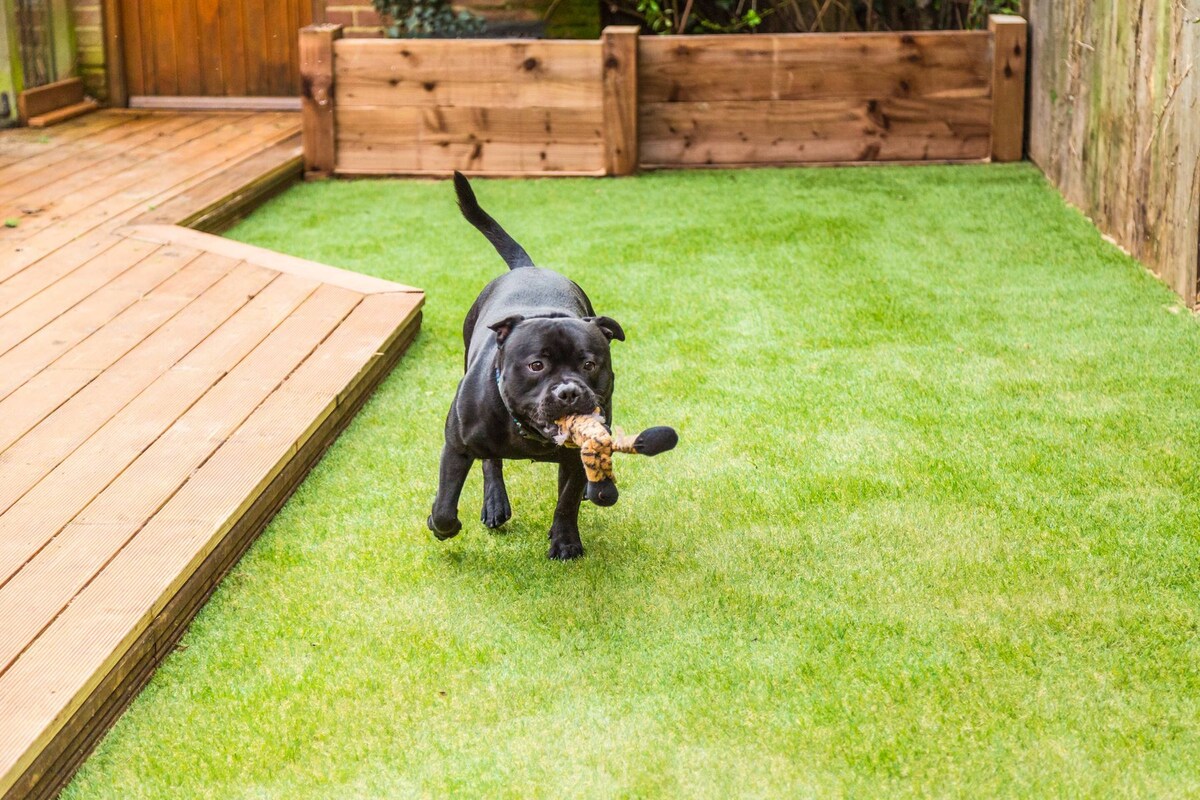
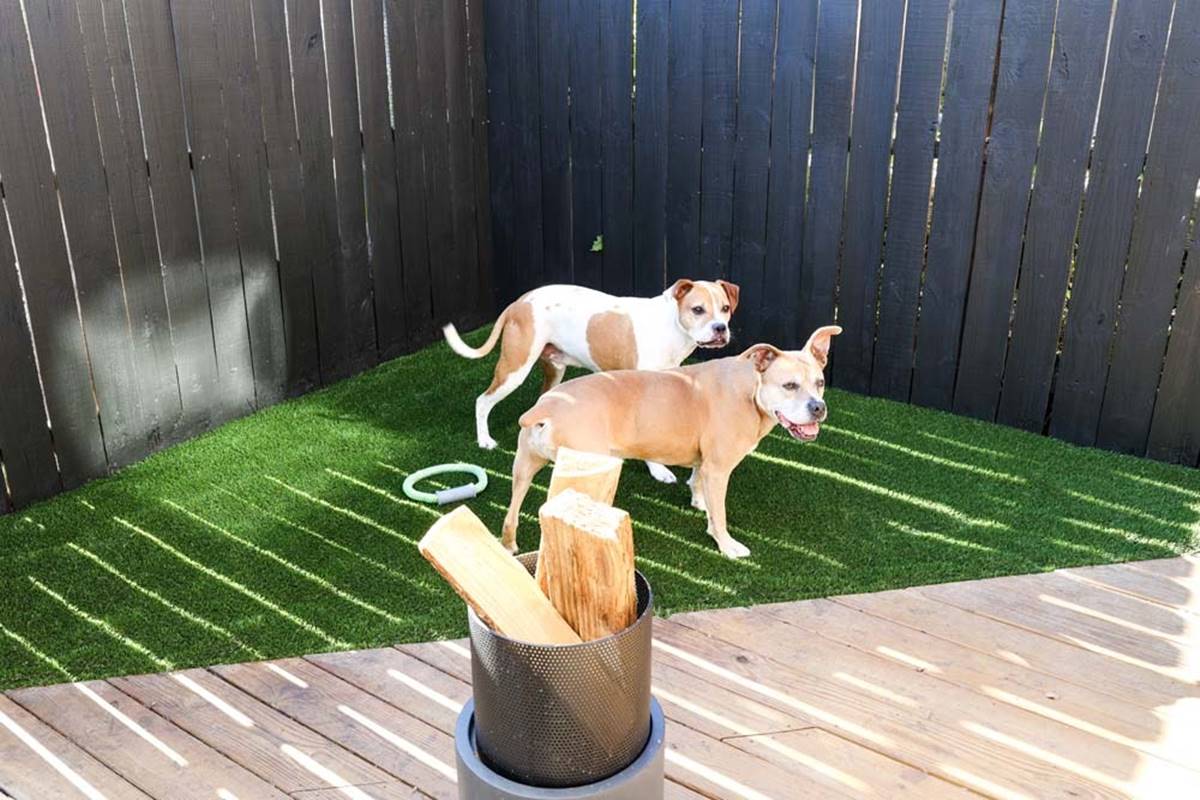
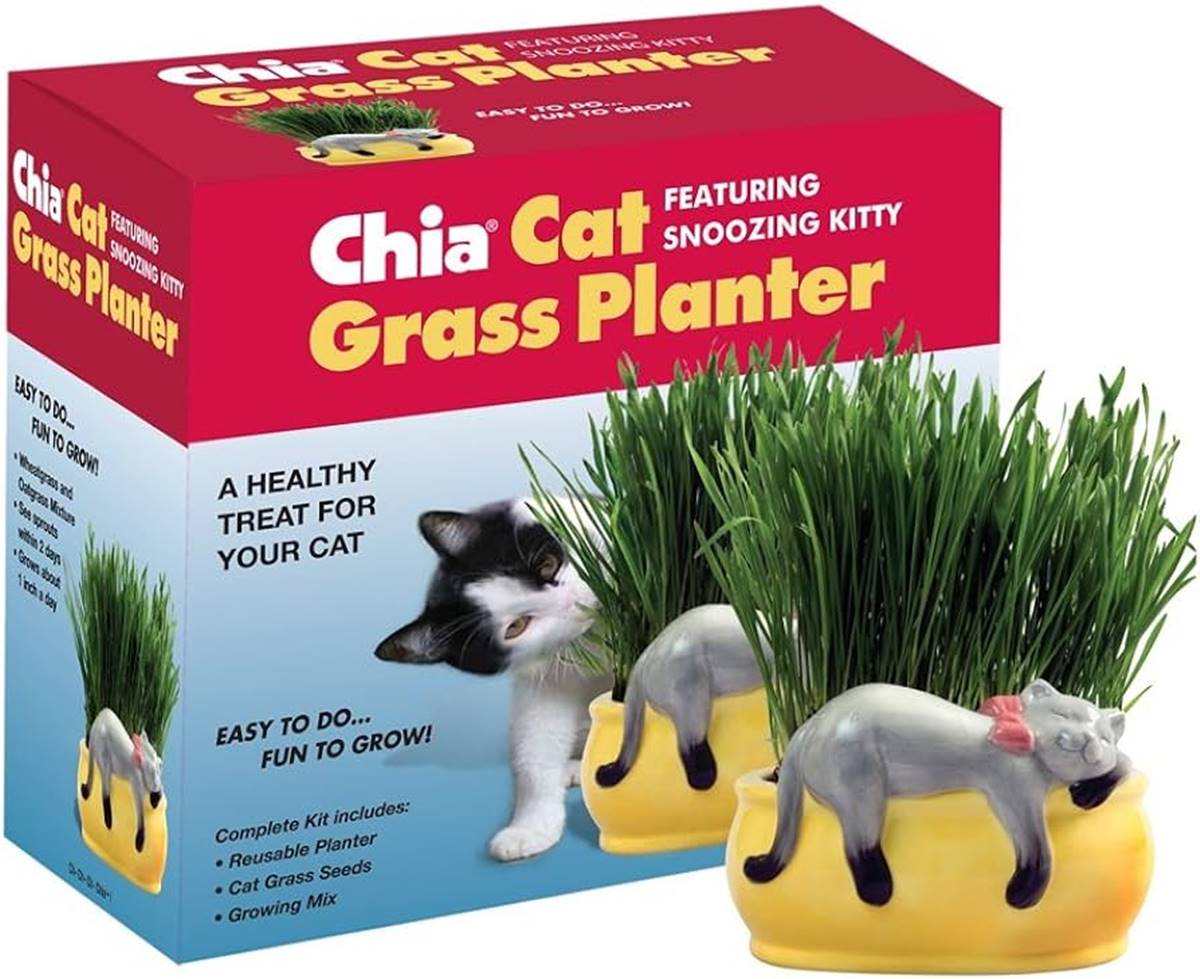
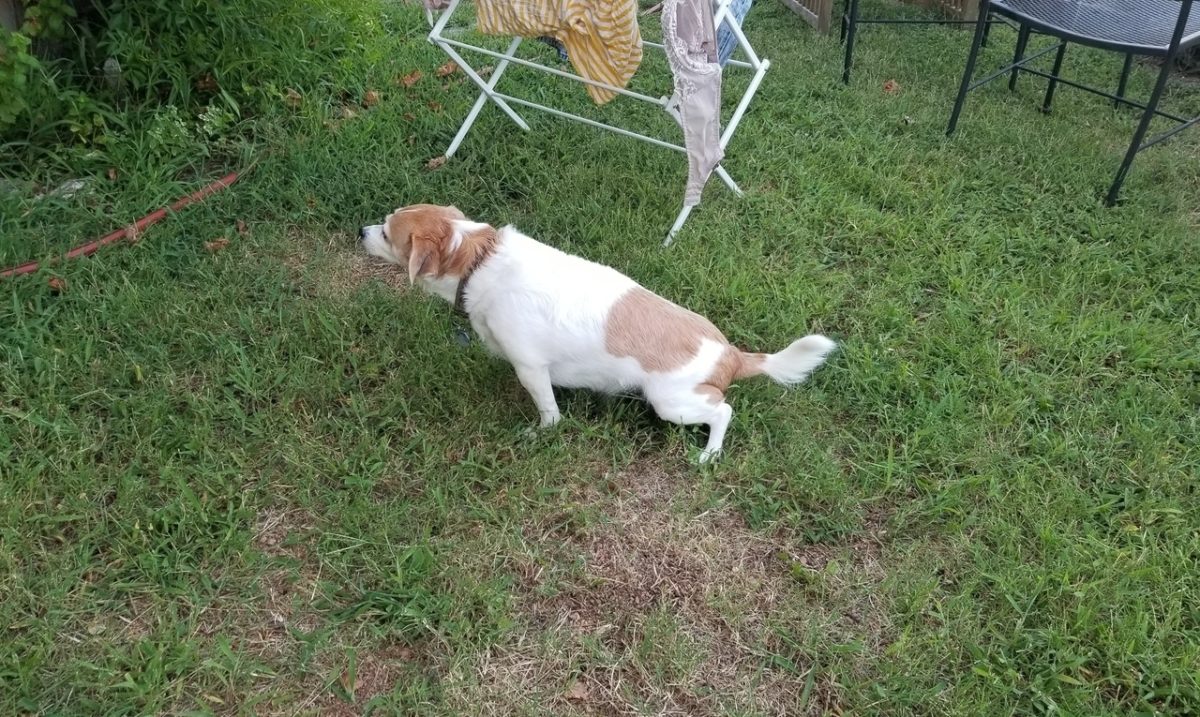
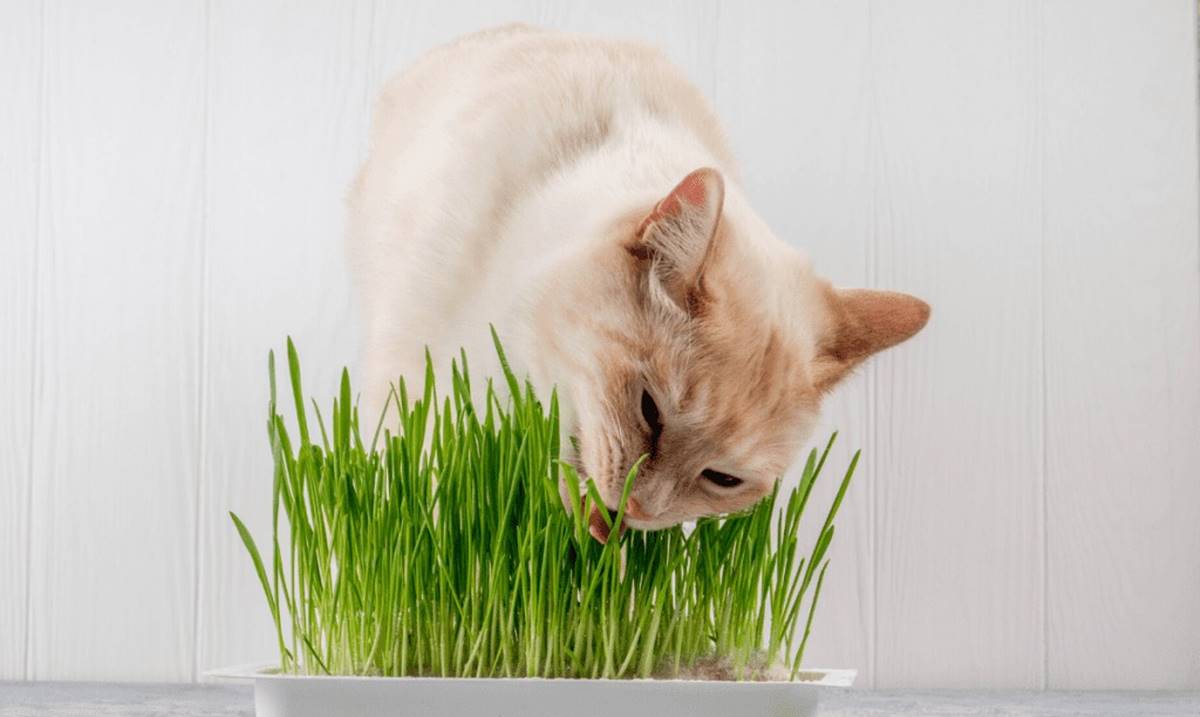
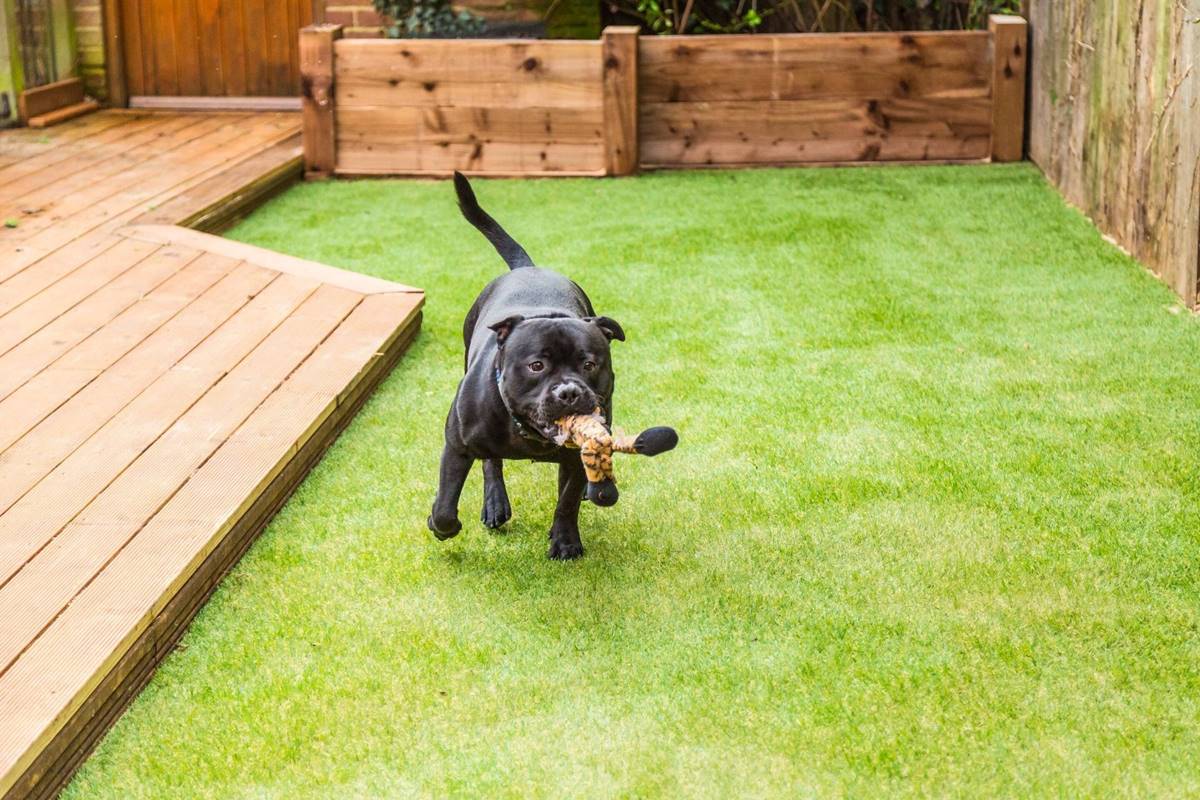
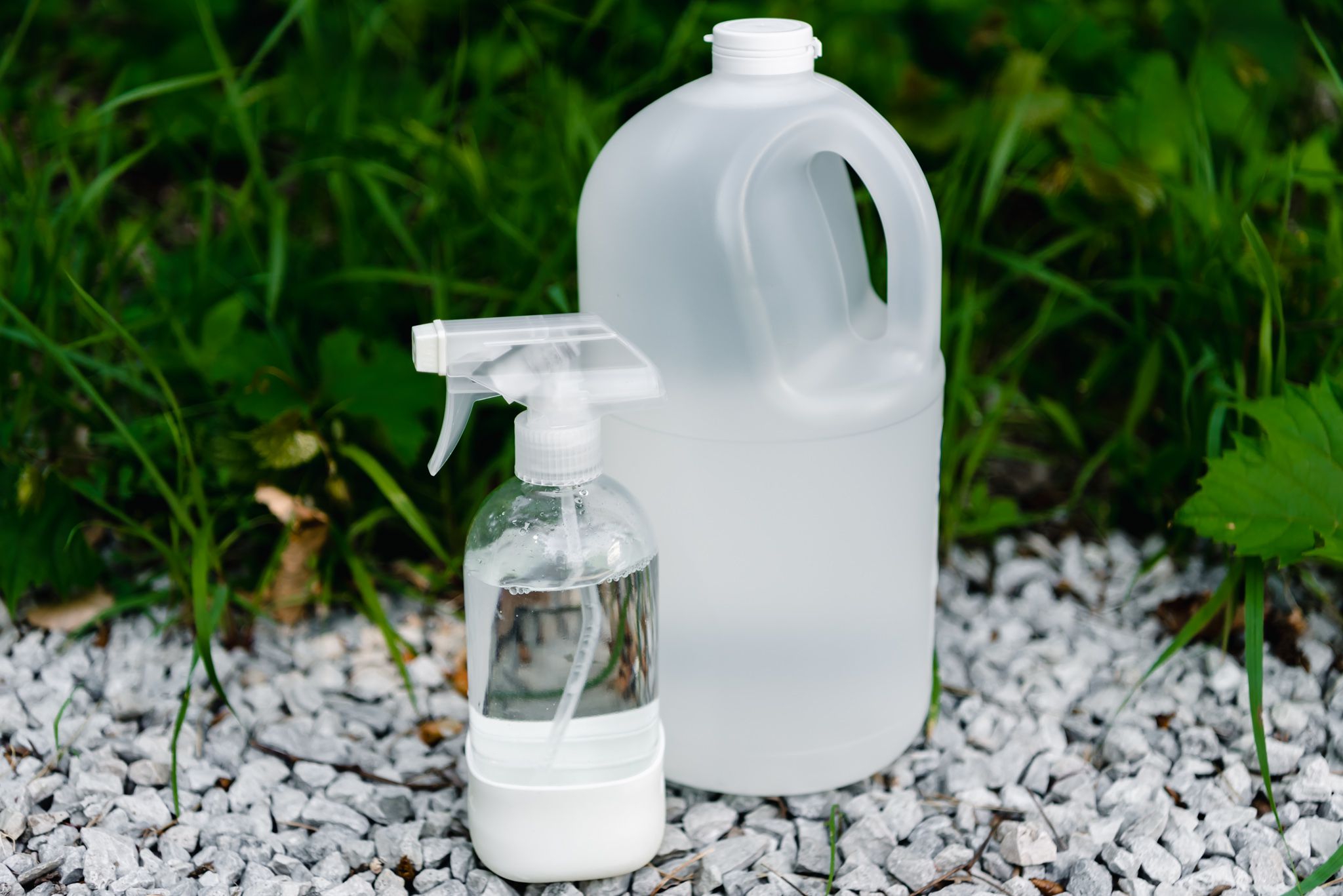
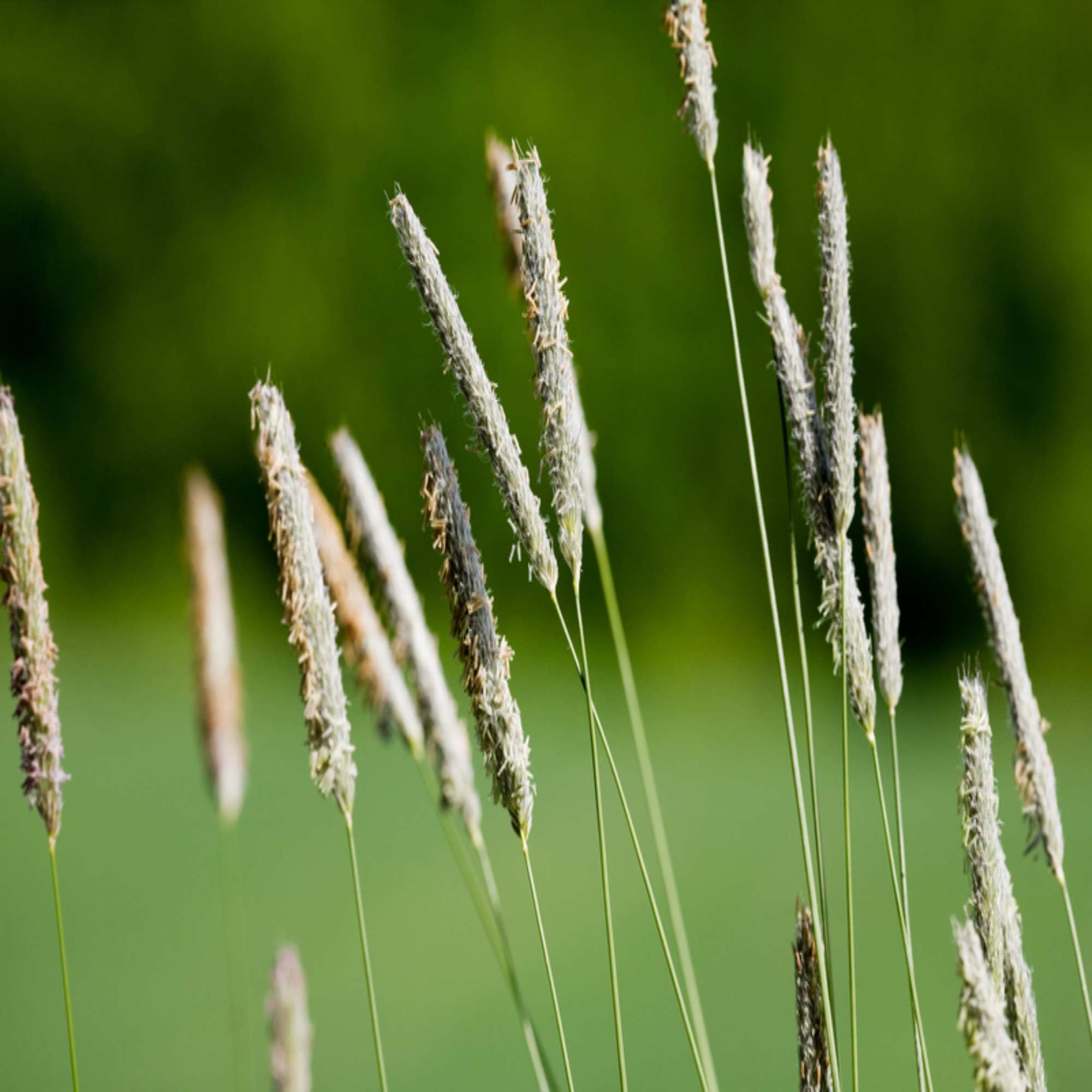
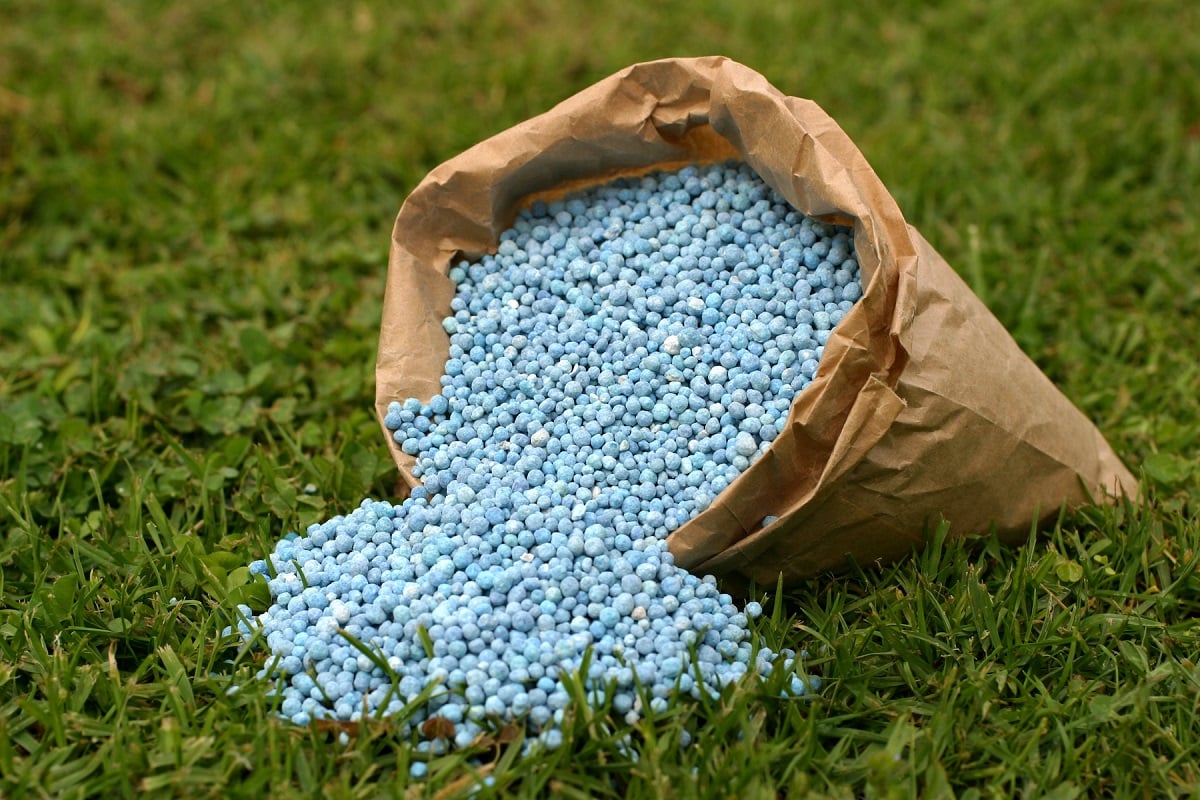
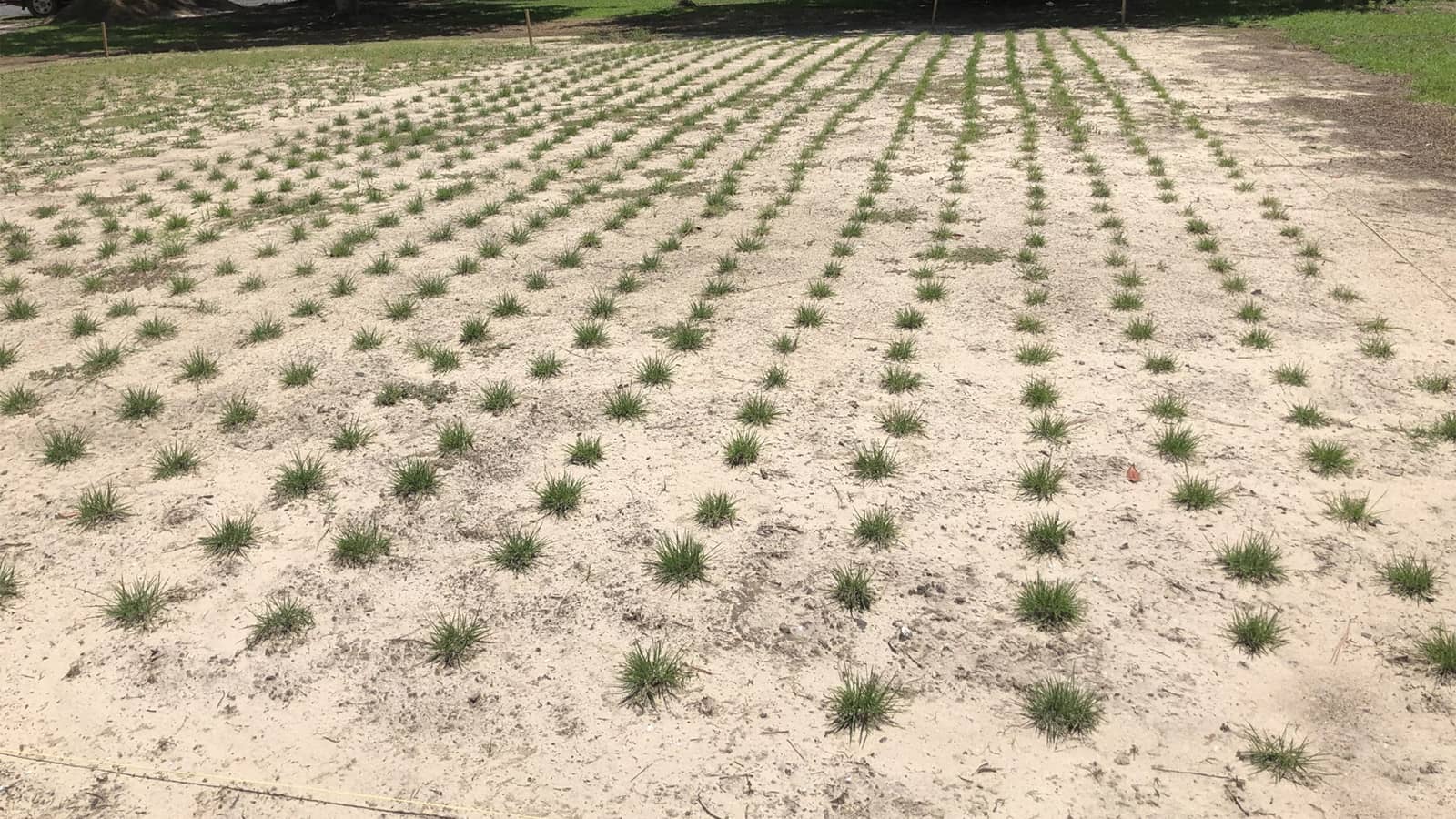
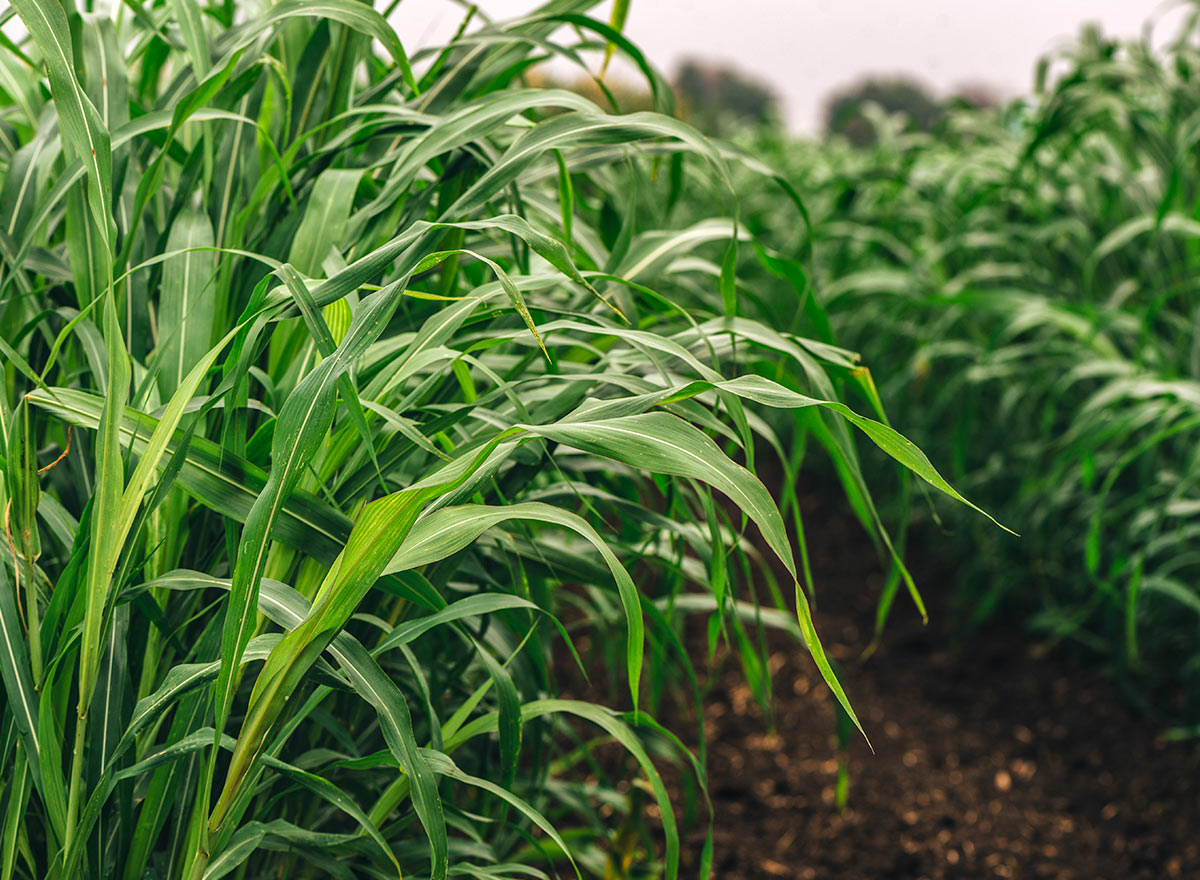
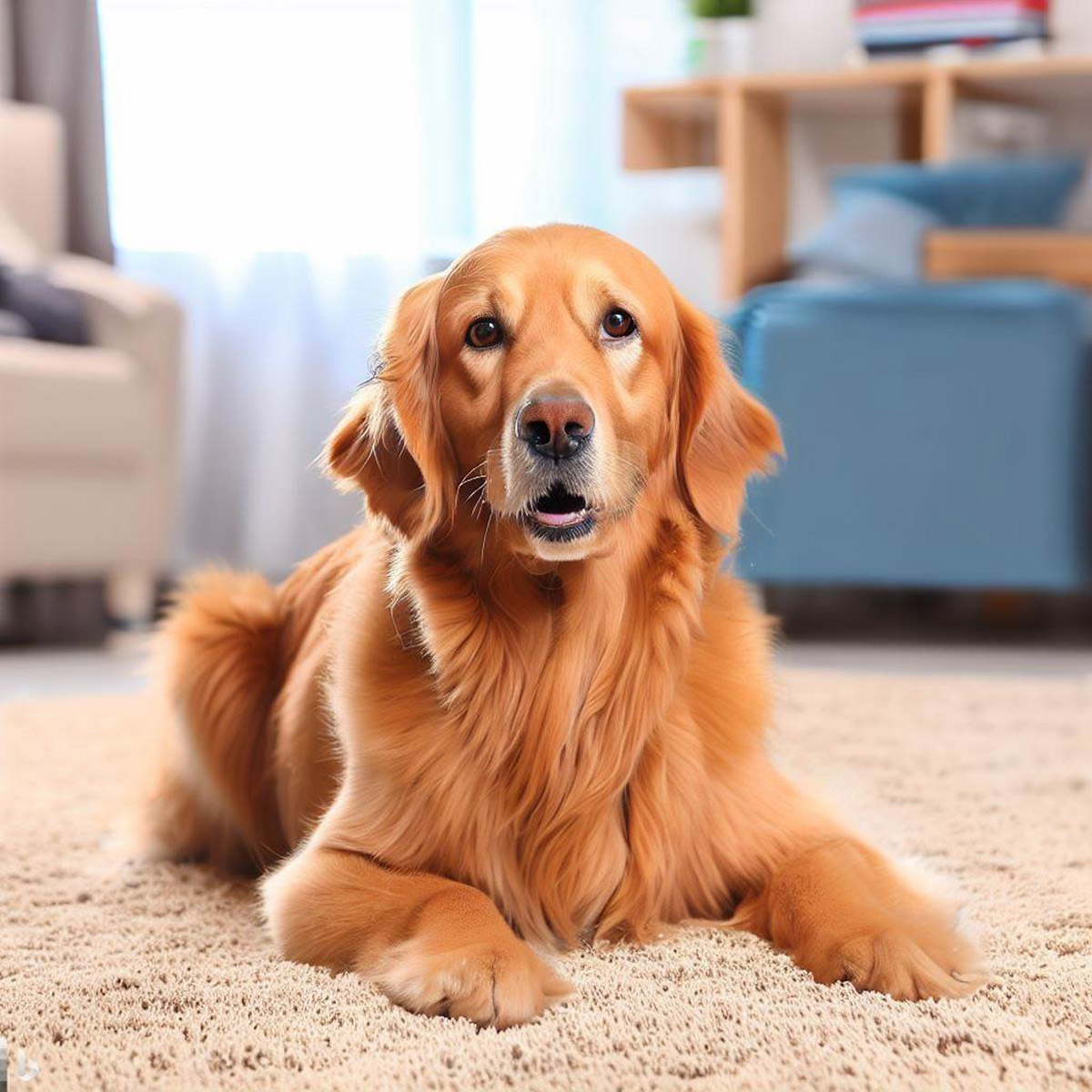
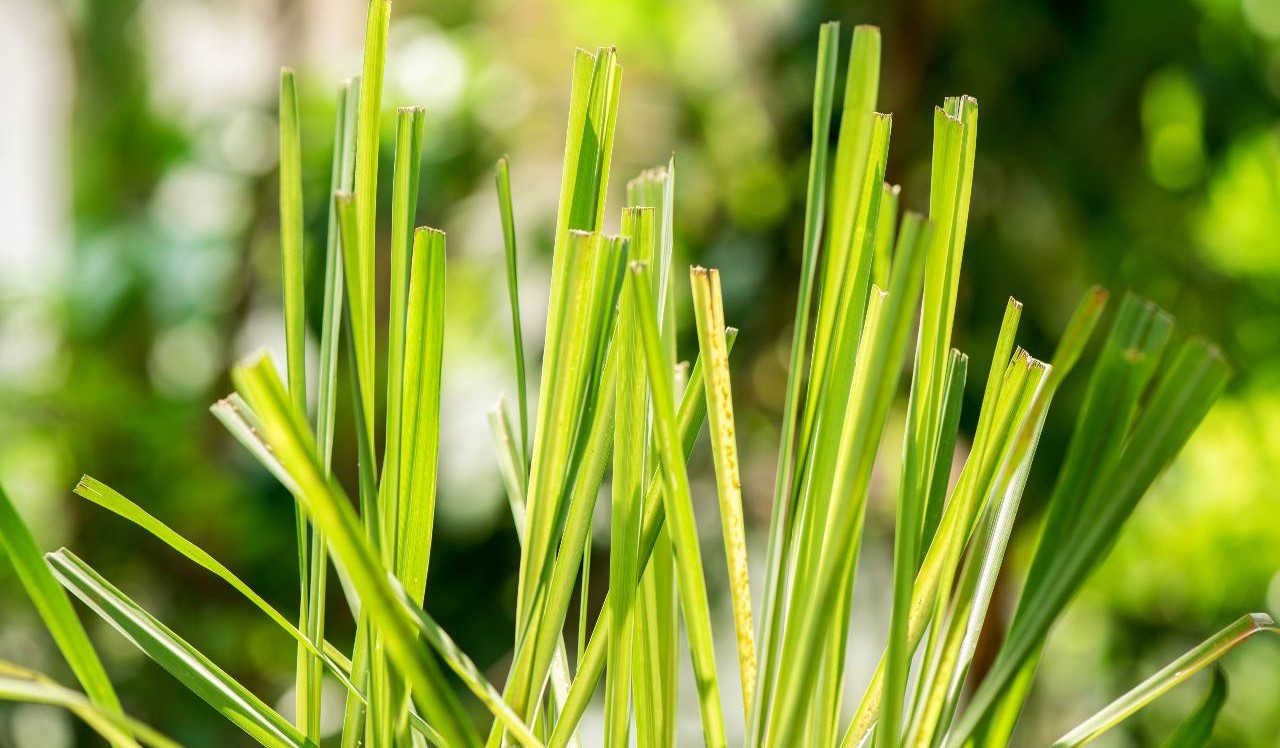
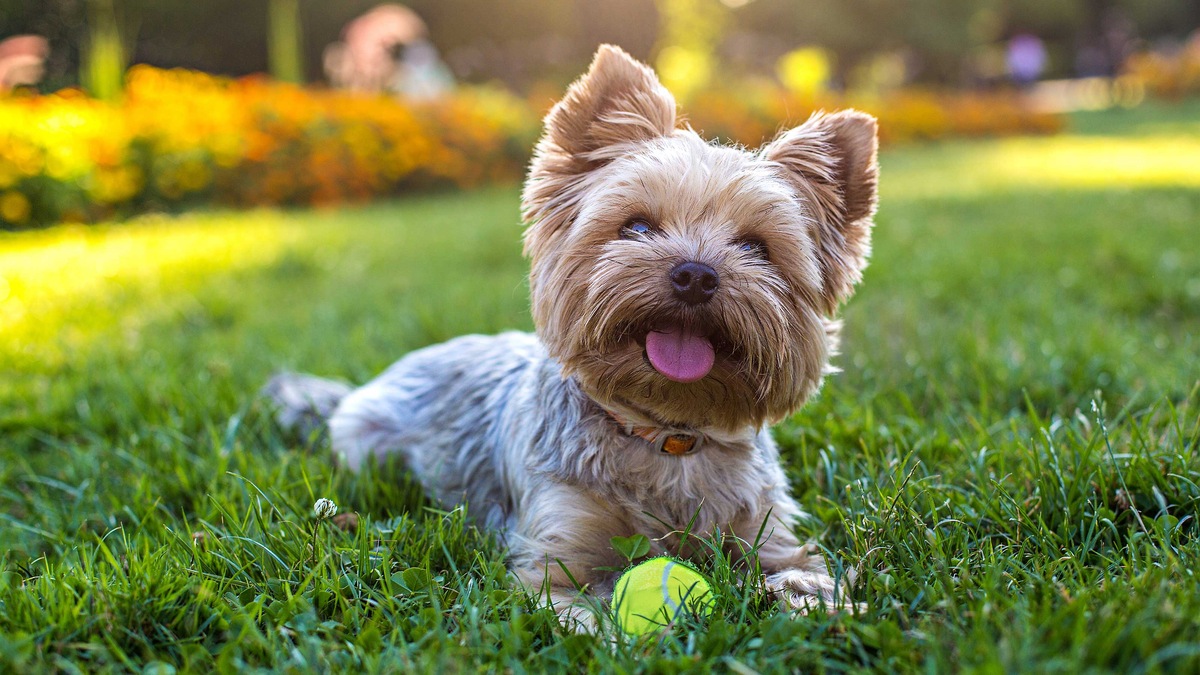

0 thoughts on “What Is Pet Grass Used For”